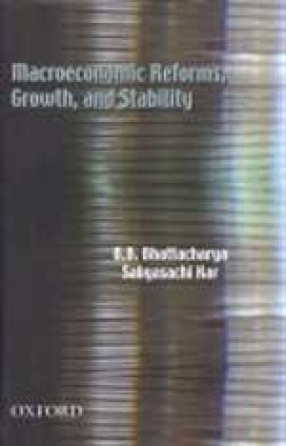17 years of financial reforms in India have created a fairly sound framework for higher growth and integration with the world economy. Though the task is by no means complete, the groundwork that has been laid will allow us to move rapidly towards the financial architecture that is appropriate for a country of India’s size and aspirations. Financial markets and institutions need to evolve considerably in order to keep up with the requirements of Indian firms and Indian investors in coming years. The corporate bond market is moribund and will have to be revived and a number of missing markets will have to be created, including exchange traded interest rate and foreign exchange derivatives contracts. But even in markets that exist, apart from the equity market for large capitalization stock, the ability to trade consistently at low cost and the tendency of market prices to reflect fundamentals are typically low for most markets. The country has moved on to a higher growth trajectory. To sustain and accelerate the growth momentum, further reforms in the financial sector are called for including a robust infrastructure for credit and an effective regulatory framework. This book contains 14 papers, authored by scholars in the field, which deal with various dimensions of emerging financial scenario in India. The book is topical and useful for a cross-section of readership.
E-Age Banking: A Future Outlook
$69.30
$77.00








There are no reviews yet.